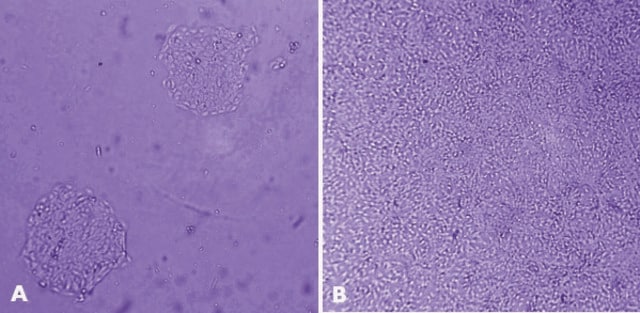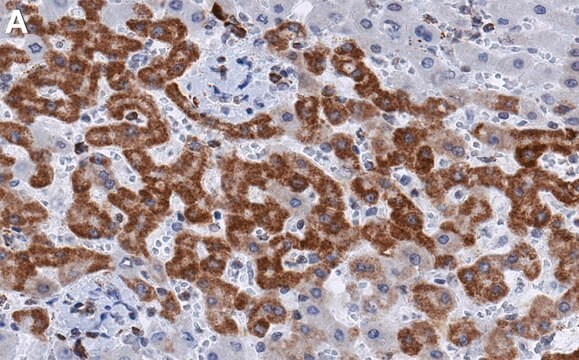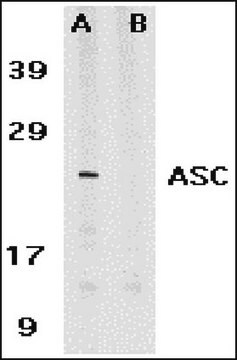About This Item
Polecane produkty
pochodzenie biologiczne
human prostate
Formularz
liquid
opakowanie
tube of 5 μg 10021101-DNA-5UG
pkg of vial of cells 10021101-1VL
tryb wzrostu
Adherent
kariotyp
4n (67 to 88)
morfologia
Cobblestone
produkty
More differentiated than Bob with increased CD24, PAP, PSCA expression (prostate differentiation markers). 10% 3-D sphere formation in Matrigel. Migratory and invasive when compared to benign prostate tumour. More invasive than Bob.
receptory
CD44, alpha2 integrin, alpha6 integrin, EGFR, FGFR1, LIFR
metody
cell culture | mammalian: suitable
powiązane choroby
cancer
Warunki transportu
dry ice
temp. przechowywania
−196°C
Pochodzenie linii komórkowej
Opis linii komórkowej
Zastosowanie
Opakowanie
Profil DNA
CSF1PO: 11,12
D13S317: 9,14
D16S539: 10,12
D5S818: 13
D7S820: 10,11
THO1: 9
TPOX: 8,10
vWA: 17
pożywka hodowlana
Rutyna subkultury
Inne uwagi
Oświadczenie o zrzeczeniu się odpowiedzialności
Kod klasy składowania
10 - Combustible liquids
Klasa zagrożenia wodnego (WGK)
WGK 3
Temperatura zapłonu (°F)
Not applicable
Temperatura zapłonu (°C)
Not applicable
Wybierz jedną z najnowszych wersji:
Certyfikaty analizy (CoA)
It looks like we've run into a problem, but you can still download Certificates of Analysis from our Dokumenty section.
Proszę o kontakt, jeśli potrzebna jest pomoc Obsługa Klienta
Masz już ten produkt?
Dokumenty związane z niedawno zakupionymi produktami zostały zamieszczone w Bibliotece dokumentów.
Nasz zespół naukowców ma doświadczenie we wszystkich obszarach badań, w tym w naukach przyrodniczych, materiałoznawstwie, syntezie chemicznej, chromatografii, analityce i wielu innych dziedzinach.
Skontaktuj się z zespołem ds. pomocy technicznej






